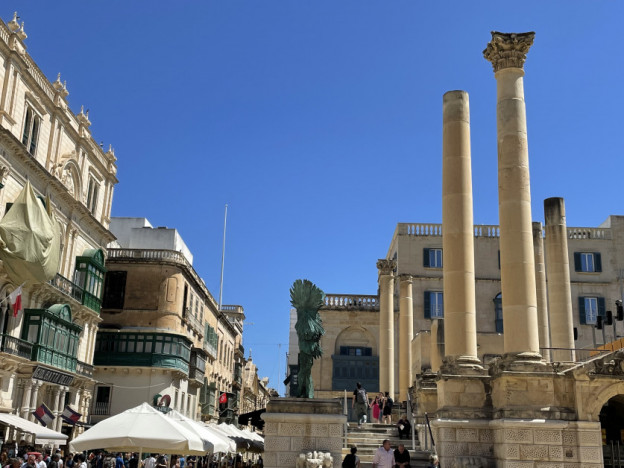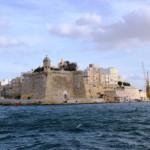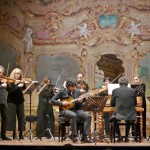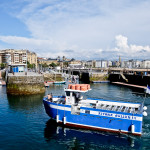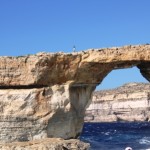In Anthea Gerrie’s guide to Malta, she Visits the island To Learn The Ancient Secrets Behind its Purple Pavilion For London
The sea of purple dominating the courtyard of Somerset House during the London Design Biennale has come all the way from Malta, a symbol of an island which never forgets its ancient influences as it tumbles from colonial outpost set in mid-century time warp to sovereign nation ablaze in contemporary art and design.
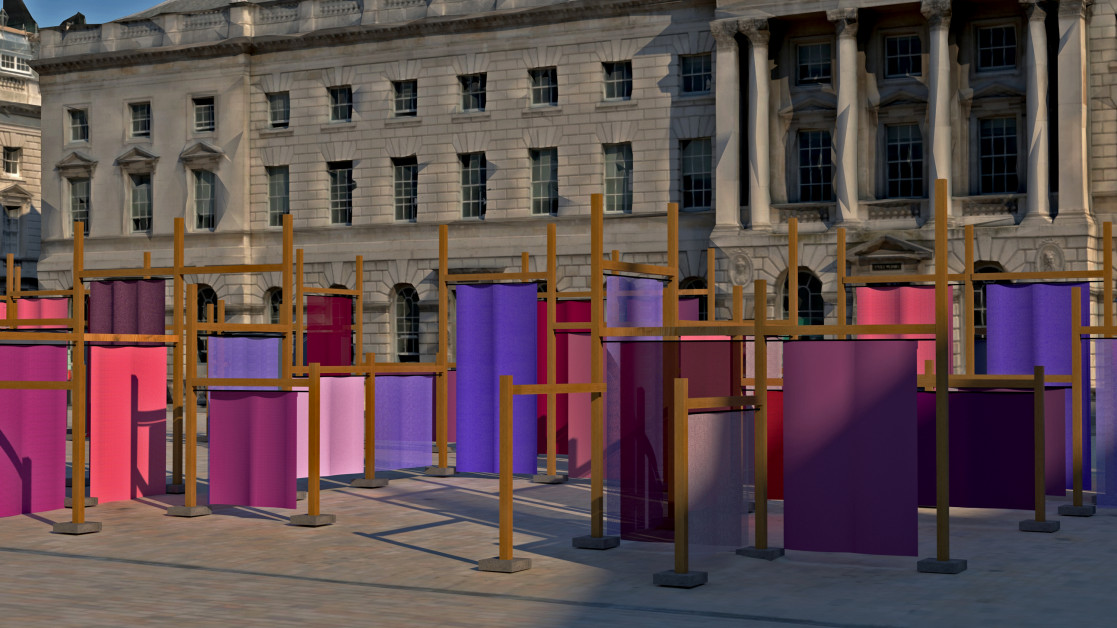
Which is why I’m standing with a group of artists and architects in Valletta’s National Museum of Archaeology learning how the Phoenicians learned to extract dye from the island’s sea snails when they settled in Malta 2,700 years ago, creating a hue so precious in its creation it would be reserved for royalty for centuries to come.
And why we’re later having coffee in Camilleri Paris Mode, a gorgeous multi-storey emporium of contemporary design, looking at swathes of organic fabric for which no snails were harmed to dye them many shades of purple by modern humane means. They are destined for London to create Urban Fabric, as the Maltese pavilion at the Biennale styles itself.
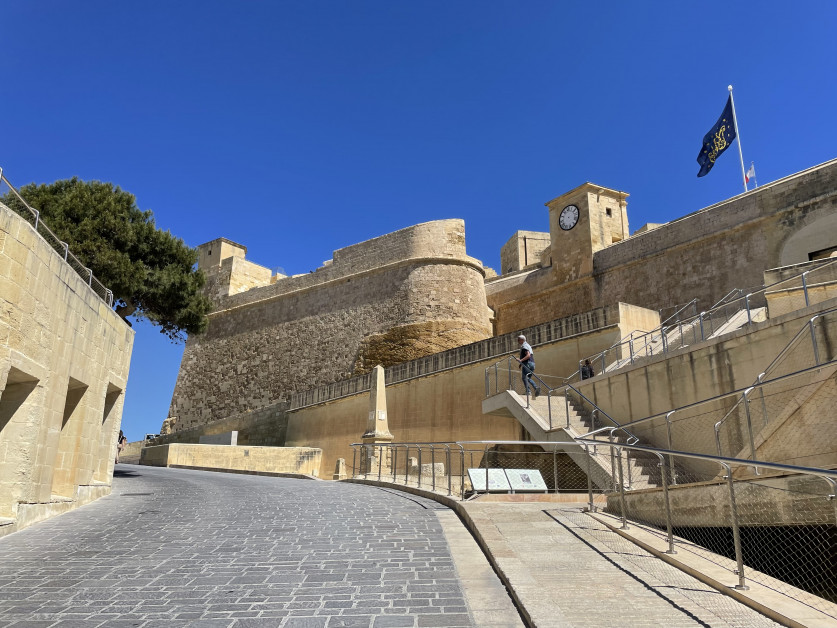
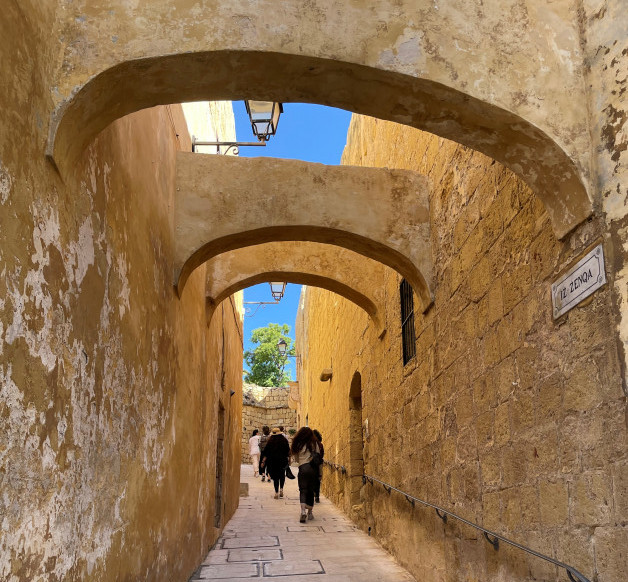
Its form is inspired by the layout of a traditional village – which is why we have also been whisked by ferry to the neighbouring island of Gozo, from where we can view this typical village layout from above at the fortified architectural jewel known as the Citadella. It’s a bastion dating back to the Bronze Age, later HQ for the invading Romans, rebuilt by the Knights of St John during mediaeval times and eventually a refuge for villagers against marauding Turks.
That’s Malta for you – the target of so many serial invaders, including the British, who have left their mark and created a unique array of visitor sights and experiences. The architecture alone is a march through history, starting with the Ggantija temples on Gozo whose giant stone pillars pre-date Stonehenge to the modern Parliament building in Valletta, the main island capital, built by Renzo Piano as part of the 21st-century transformation of the city gate area which includes the spectacular ruins of the city’s bombed-out opera house, now transformed into an open-air theatre.
Valletta makes a great starting point for a guide to Malta with a grande dame hotel, The Phoenicia, right at the entrance to the largely pedestrianised city centre. Its main drag, Republic, is lined with elegant Baroque buildings, including the one housing the aforementioned museum, which offers a great preview of the Temples and its relics as well as laying out the story of those influential Phoenicians.
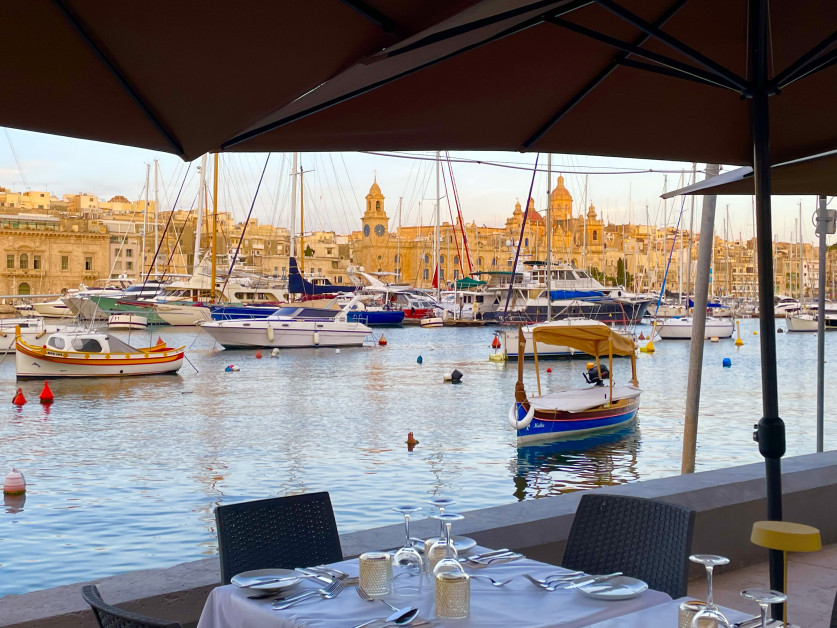
For relief from footslog, cross the piazza at the city entrance to the beautifully planted Upper Barrakka Gardens and get a thrilling overview of the Grand Harbour and its multi-pronged waterfront life. This is easily accessed via a lift down to water level to reach either ferry or gondola-style taxi for a fast and affordable ride across to Senglea in one direction, Vittoriosa, also known as Burgo, in the other.
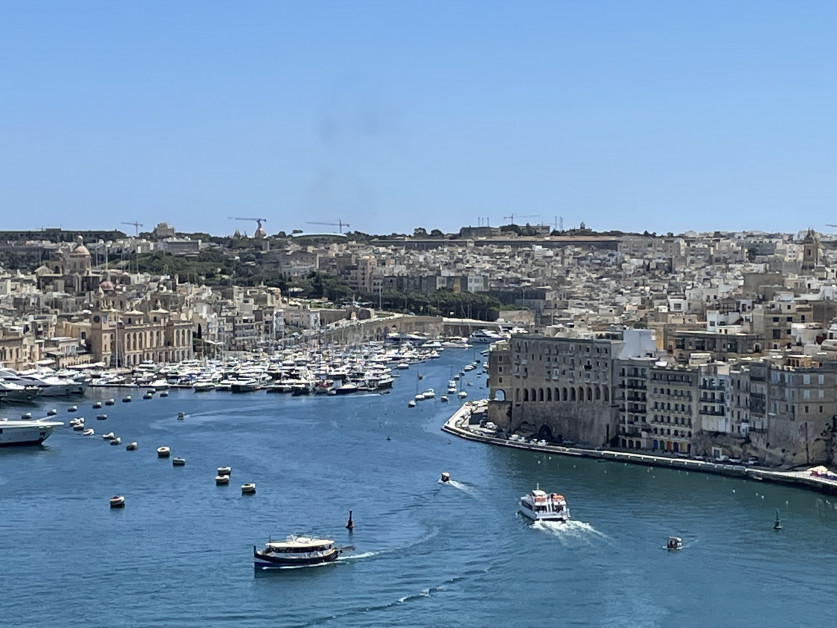
There’s great grub at both ends; we had a delightful fish supper at AcquaBlu in tranquil Senglea and lunch the next day across the harbour at the Maritime Museum in Vittoriosa, where the culinary traditions brought by the French were revived for us by a consortium of chefs and curators at Taste History, a multi-course pop-up which is a new Heritage Malta initiative.
But although the historic feast started with oysters and Champagne, apparently common fare during the time the French were on the island, it was equalled by the modern gastronomy of Gracy’s Supper Club, one of Valletta’s newest dining offerings, sited within a sumptuous 17th-century building. Grand by day, by night Valletta is simply enchanting thanks to the many pavement cafes and restaurants fielding live music beneath starlight, a sophisticated nightlife scene a world removed from rowdier St Julians, dominated by fast-food joints, casinos and large chain hotels.
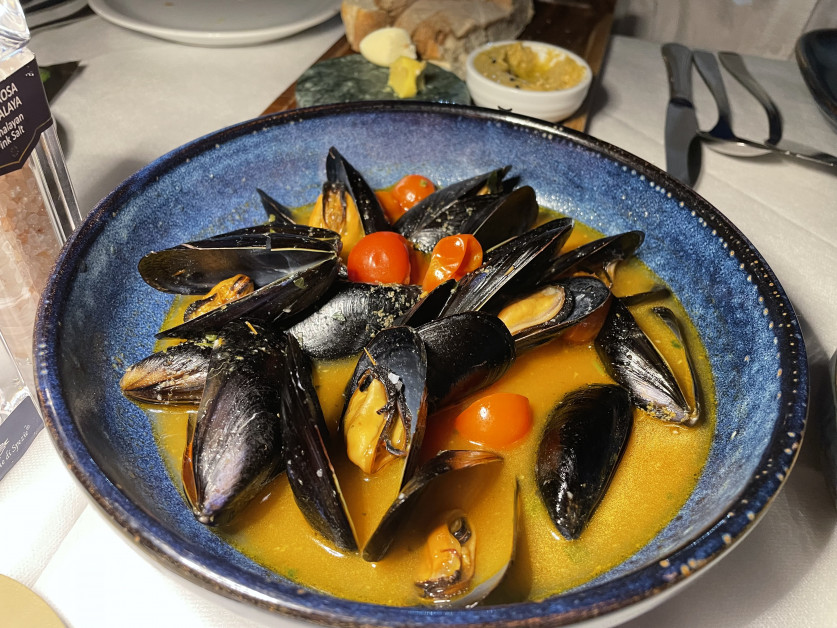
Gozo
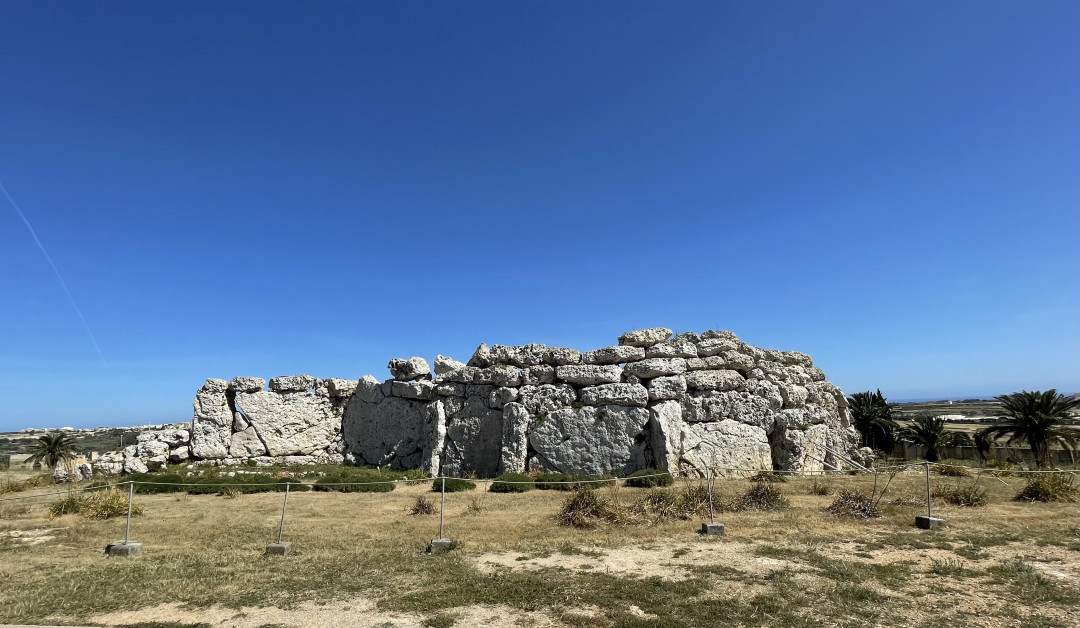
It’s the increasingly built-up nature of the main island which drives tourist traffic to Gozo, a greener and more laid-back retreat which has so much more to offer than its showpiece attractions, the Citadella and the Ggiantija Temples. There are the natural salt pans whose produce can be bought in hessian sacks from a hilltop store, the only nod to commerce in an exquisite shoreside landscape punctuated with rocky outcrops, and the resort area of Marsalforn, where the most enjoyable meal of the trip was an alfresco seaside feast at Il-Kartell, a stalwart of the waterfront for half a century.
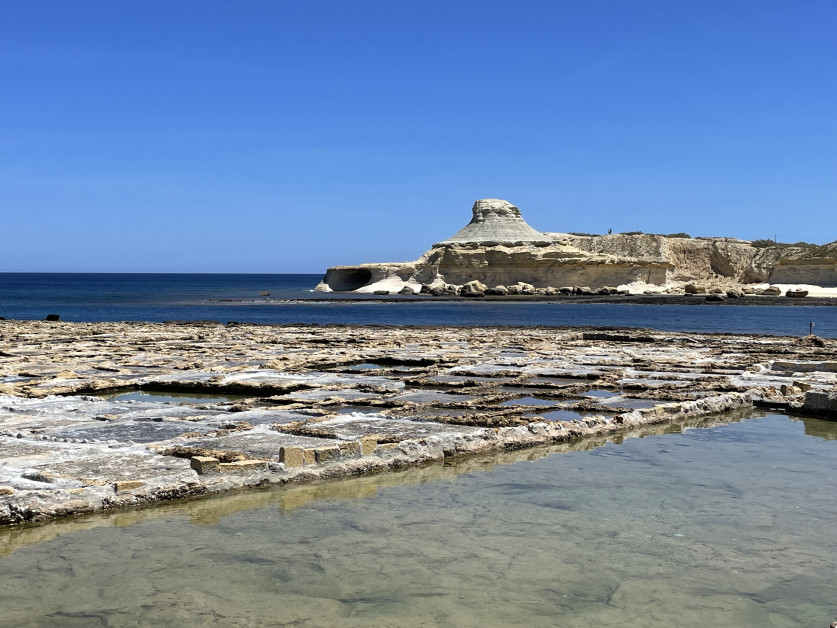
Even on Gozo, the Phoenicians are never far away – the famous wreck of a trading ship dating back to 700BC lies beneath the waters of the island’s Xiendi Bay and is destined to become a tourist attraction since its rediscovery, either underwater or lifted for exhibition at Gozo’s Island Museum.
Tell Me More About This Guide to Malta And The Maltese Pavilion At The London Design Biennale
*Urban Fabric will be on view in the courtyard of Somerset House, London, from June 1-25.
For more information on this guide to Malta please go to Visit Malta

